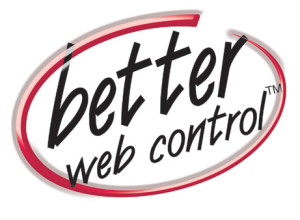In this issue:
BWC Blog: Motors vs. Clutches
Article: Clutches for Superior Center Winding
Rewind Tension Control
Excerpt: “When comparing brakes (unwinds) and clutches (rewinds) to motors, there are significant advantages and disadvantages that must be considered to determine the best component for your application currently and in the future. Here we take a quick look comparing brakes and clutches to motors in 7 key categories.
Unlike a brake, a motor can drive a roll of material to maintain precise tension during the acceleration of the roll. This is very important if you are running large rolls of very delicate materials (such as tissue paper) or materials that are very extensible. A driven unwind can also help with achieving proper registration during acceleration faster than a brake system, although this usually requires the addition of a servo, which can be more complex to install, commission, and maintain. Advantage: Motors
Cost
Motors are significantly more expensive when compared to a brake or clutch. Not only are the individual components as much as 2-3 times more than a brake/clutch, the installation and service usually require personnel that are very familiar with drive controllers, PLCs, etc. When comparing brakes/clutches to motors/drives always look at the total system cost plus support, and how easily the system can be upgrade modified later on (if ever needed). Advantage: Brakes and Clutches”Read the entire post
Excerpt: “Proper component selection is critical to ensure the success of building a center-driven rewind stand. While many factors need to be taken into consideration, ultimately it is the quality of the wound roll that is of prime concern. Material advances have presented a host of challenges for machine designers to overcome to ensure proper wound roll quality. From lightweight, extensible films and non-wovens, to foils and even non-traditional materials, choosing the proper method and equipment can mean the difference between failure and success.
Clutches are not often chosen to control tension on center winders because their proper application and the advantages of using a clutch with a motor are usually not understood.
Usually, when one finds a clutch-controlled center winder, the clutch is “geared in” to run 50 RPM faster than line speed at core. The clutch is usually driven by a constant RPM AC motor, and therein lays the crux of the problem.
As the diameter of the roll increases, the torque at the clutch must be increased proportionately to maintain a constant tension profile in the web. As the torque and roll diameter increase, the slip speed of the clutch also increases as a result of diameter increase.”
Solutions to Maximize Your End Product Quality
Maximize your end product quality by finishing just how you started; with precise, accurate, consistent tension control.>We manufacturer some of the best web tension control products designed specifically for the unique processing variables found in rewind applications.
Our rewind tension controllers offer inertia compensation, taper, web break detection and more to ensure you don’t sacrifice quality and produce waste right at the end of your process.
Montalvo load cell’s provide reliable, precise and sensitive tension measurement while our clutches give the smooth, consistent torque you require to build high quality rolls and offer greater advantages over motors.
Learn more about Montalvo Rewind Tension Control Solutions.
Talk to a Montalvo Rewind Application Specialist today





